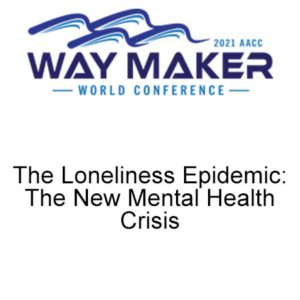Description
424: Vicarious Collective Trauma: Mindfulness Techniques to Help Your Clients (and You)
Thrive During a Pandemic
Adele Martelle, M.S.W.
Genesis Counseling Center
2202 Executive Dr., Ste. C
Hampton, VA 23666
Summary
Have you noticed that your clients and the community organizations that serve them seem to be experiencing an increased loss of control, stress, and fear of the unknown during the pandemic? Anxiety, trauma, grief, and depression are on the rise with the experience of collective trauma. A pandemic does not discriminate. As helping professionals, we may be finding ourselves with similar overwhelming emotions, unsure of how to help ourselves while navigating this season with our clients. The addition of new stressors poses vicarious trauma as a very real occupational hazard. Now more than ever, with so many unknowns, it is imperative that we invest in tools and techniques to stay healthy while providing sustained quality care to clients, fellow staff, and our communities. This training teaches how to self-assess one’s level of vicarious trauma, respond proactively, preventatively, and restoratively. Staff will learn to equip themselves with the necessary tools to withstand a profession of helping under the pressure of a pandemic. Attendees will learn strategies for integrative mindfulness techniques that decrease stress and anxiety and improve job satisfaction.
Learning Objectives
Participants will:
• Describe the core components of an integrative mindfulness practice and foundational principles of collective and vicarious trauma, and explore how awareness and acceptance strategies increase mood and emotion regulation
• Discuss the impact of social systems and social justice issues as contributing factors of vicarious trauma and an occupational hazard in the helping profession for licensed mental health professionals, and assess the effect of collective trauma and vicarious trauma on their professional delivery and workplace experience
• Analyze and apply tools for increasing compassion toward self and others to decrease symptoms of depression, anxiety, and create workplace cohesion and discuss and identify the role of breath techniques in connecting the mind and body for stress reduction





